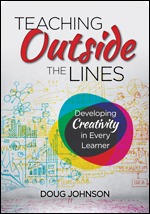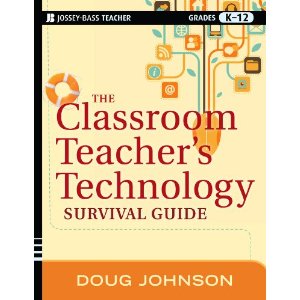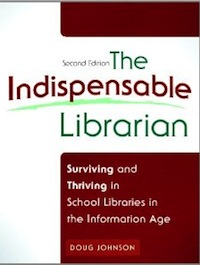Cleaning out digital closets
 Tuesday, April 5, 2022 at 11:54AM
Tuesday, April 5, 2022 at 11:54AM
…the maximum number of meaningful relationships most people can have is somewhere around 150. David Brooks citing Robin Dunbar, March 24, 2022
After doing a thorough weeding job, my Google Contacts list just shrunk from 5700 entries to 96. Whacking so many entries took about a week of on again/off again deleting.
Many of us have found that minimizing our physical possessions brings us, if not joy, at least satisfaction. I’ve done a pretty good job of that, so with the advent of a new phone with a new OS entering my life, I thought minimizing some of my digital stuff was a good idea too. And I started with my contacts.
How does one accumulate 5700 entries in one’s contact list? Well…
-
About 2/3rds of them were the school staff email addresses from Mankato schools where I worked from 1991 to 2014. We were a fairly early adopter of Gmail as our institutional email system and somehow my work and personal contact lists were merged. I had a lot of the old @isd77.k12.mn.us domains from before we switched to @isd77.org. I have to admit it was fun going through the names of folks I’ve not thought much about lately. For many accounts, I recognized the name, but could not place the face. But for most, I could remember personal interactions, both positive and negative. I had the old email addresses of our current governor, his wife, and our Department of Education Director on my list. Not that they would have worked any more.
-
Another large group of email addresses and other contact information were for people in professional organizations and regional technology groups. I was a very active member of MEMO (now ITEM) locally, as well as ISTE and AASL nationally. Fellow board members, conference planners, and document authors came from all over the US as well as from other countries. I am sure some of these folks I first communicated with during the early days of LM_Net! While I eliminated most of these contacts, assuming my role with professional organizations is pretty much done, I kept the ones who turned out to be not just colleagues, but friends as well.
-
Another surprisingly large number of entries were of folks who arranged for me to speak at conferences or do consulting work in their organizations. I have kept an email folder with missives from most of these events (another clean up project), so I didn’t hesitate wiping these contacts away. Placing faces with names in this category was difficult.
-
There were quite a few folks who served as editors of periodicals for which I wrote articles and columns along with book publishers. Whack, whack, whack, I’m afraid.
-
Genuine friends and family - all 96 - remained. These are people with whom I want to stay in touch. For whom the relationship was personal, not just professional in some way, shape, or form. I did delete even some friends' contacts when I knew the email addresses were old and that I could contact them via Facebook.
-
Finally, I was surprised at how many people in my address book had passed away. As I age, that number will only grow and grow more rapidly. While I am sure there will be email in hell, I’m not so sure about in heaven.
Like tossing an old, but beloved shirt when cleaning out the closet, so many names caused me to pause, remember, and reflect. I recognized some folks as those with whom I was extremely glad I’d never have to interact with again - not many, but a few.
More often, a name would bring a smile to my face along with the memory of a meeting, a dinner, or a night of collegial revelry. (My bedtime wasn’t always 9pm.) These were folks who believed in me, offered good advice and encouragement, and constructive criticism when needed. They were really the reason why I attended conferences. And who I now miss the most.
My phone feels lighter without the unneeded 5600 or so contacts it once contained. And perhaps my heart feels a bit lighter as well. Spend a few hours weeding you contacts sometime.







